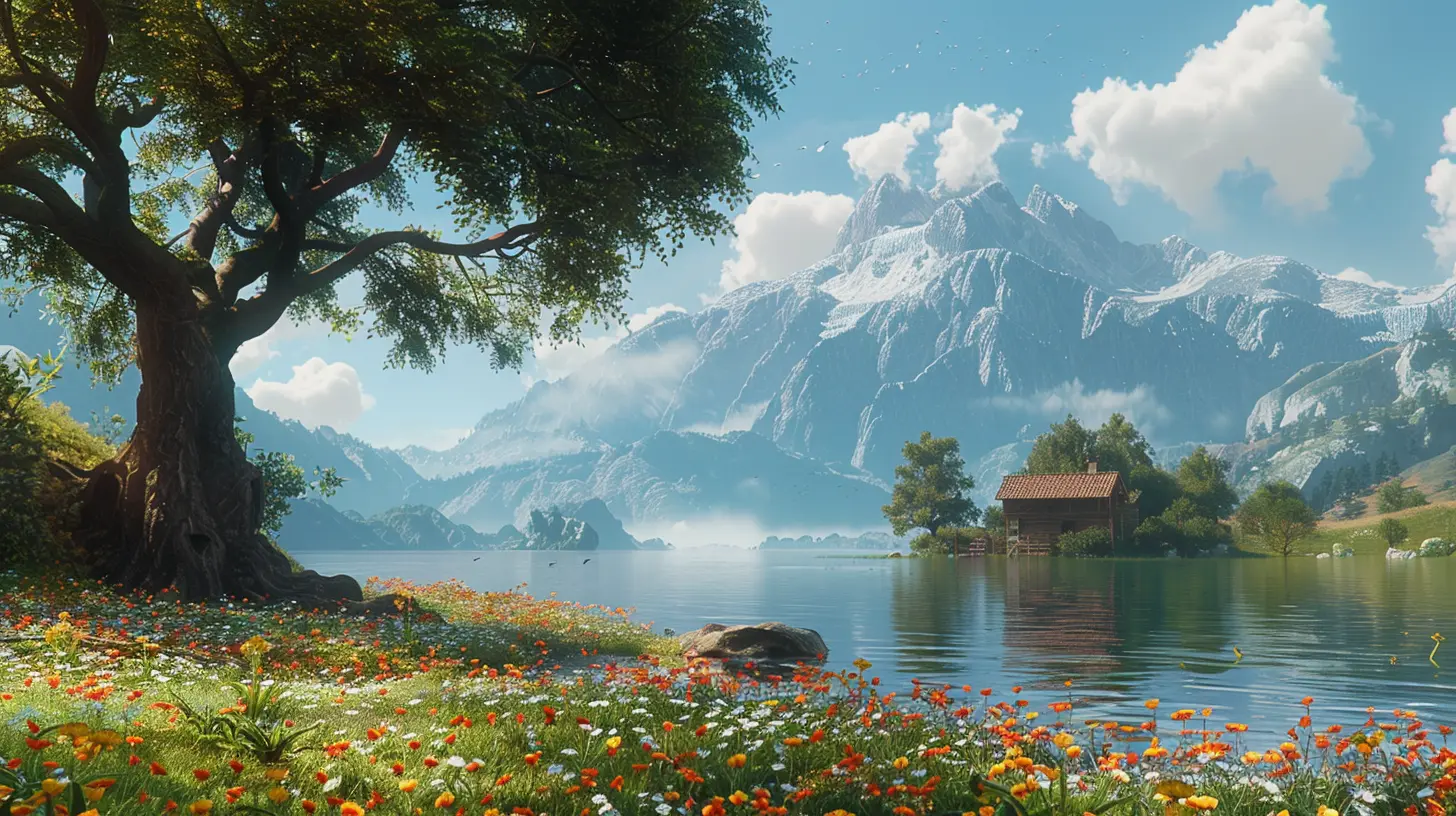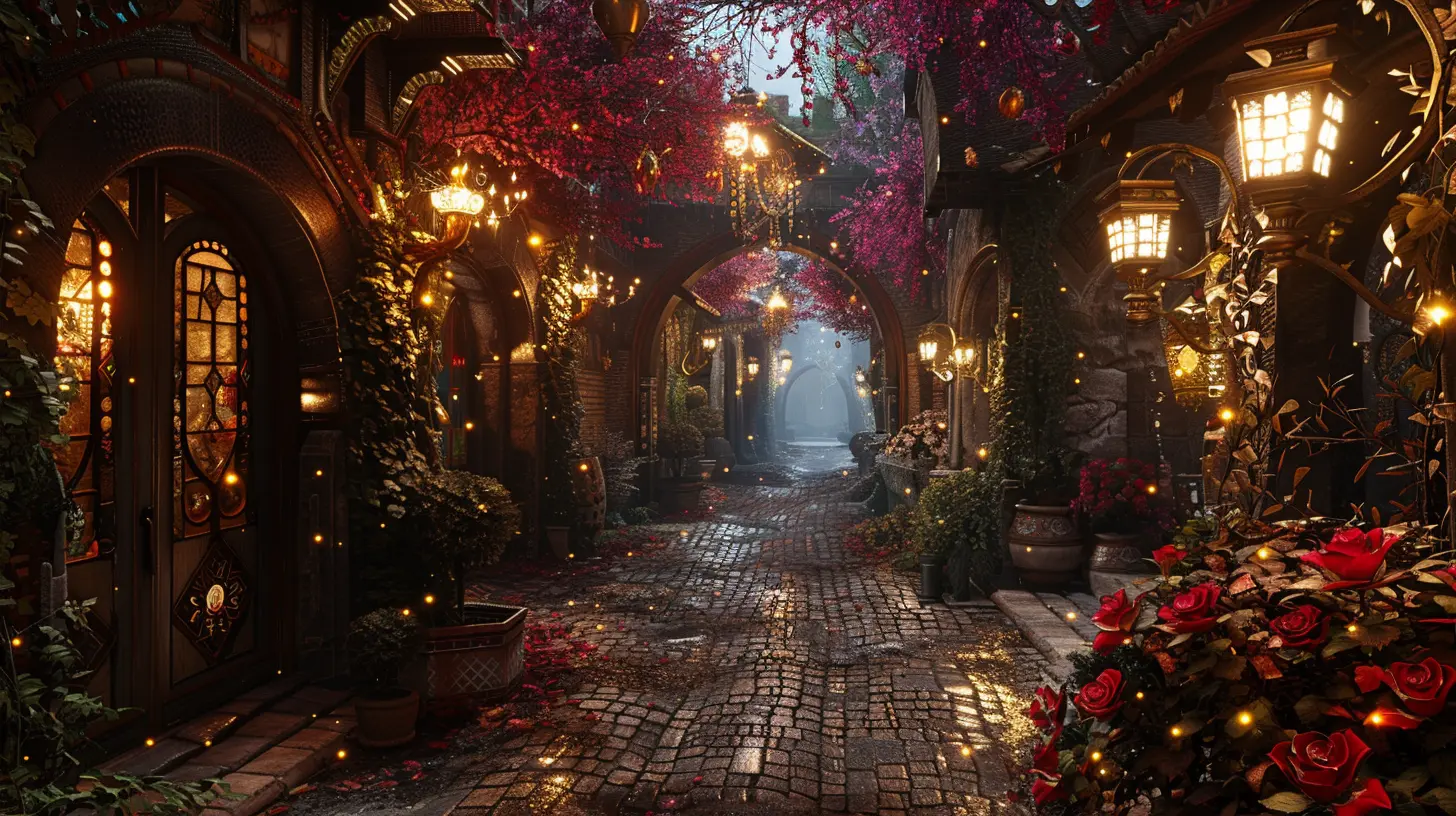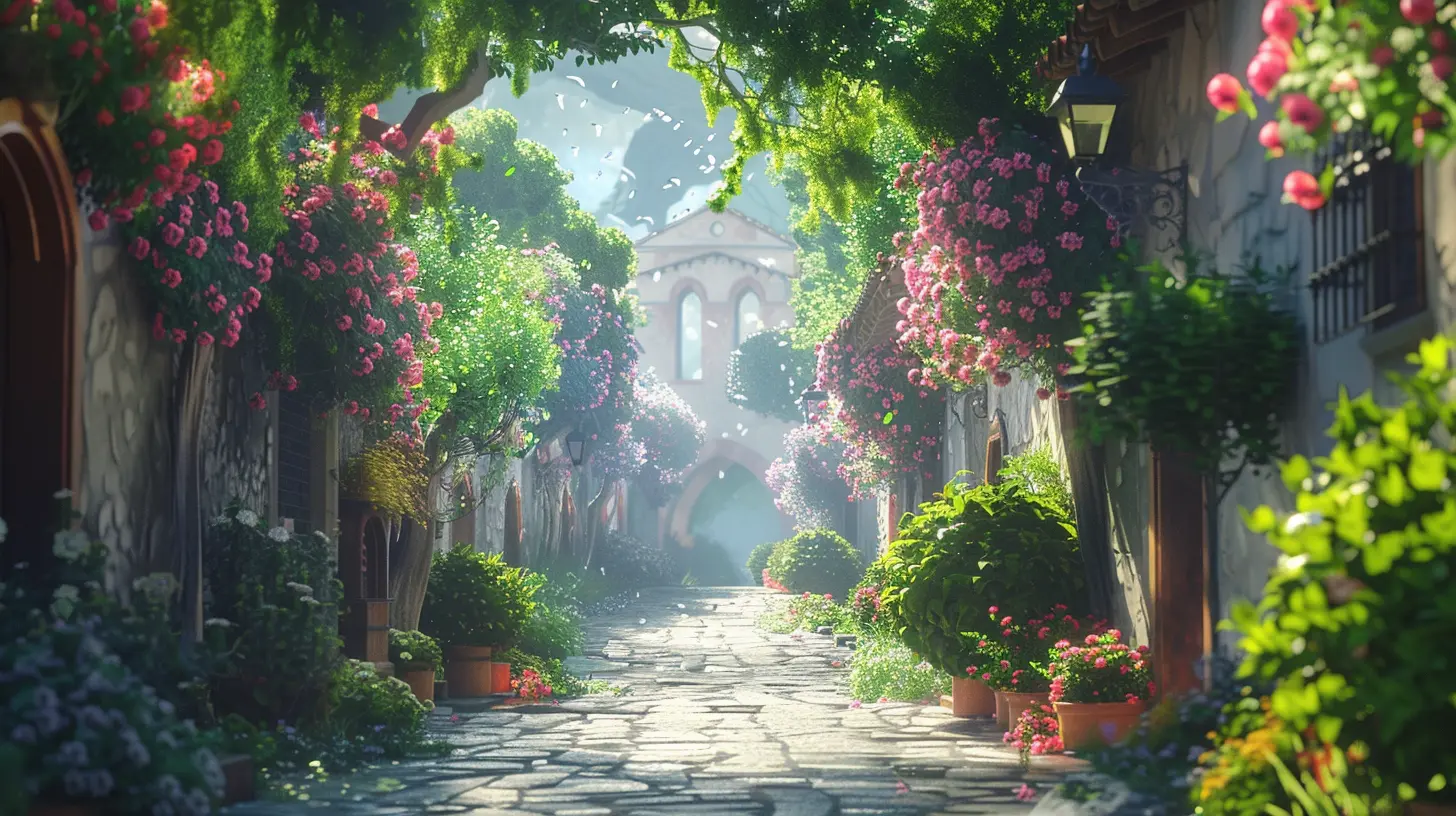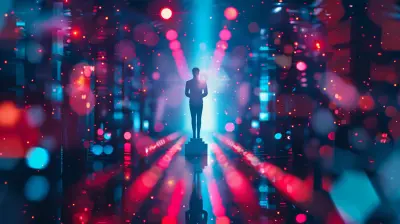Immersive Realism vs. Stylized Art: Which Approach Works Best?
22 April 2025
Video games have grown into one of the most creative and diverse entertainment industries. One of the biggest debates that keeps popping up, though, is about visuals. Should developers aim for immersive realism, making their games look like real life? Or should they go for stylized art, crafting unique, artistic worlds that feel more imaginative?
If you’ve ever played games like The Last of Us Part II or Red Dead Redemption 2, you know what realism looks like. The dirt on the ground, the sunlight piercing through trees, and the way characters' faces are so detailed that you can almost see their soul—it’s incredible. But then you’ve got games like The Legend of Zelda: Breath of the Wild or Hollow Knight, where the artistic style flips the script. They're not about making you feel like you're looking out a window; they’re about whisking you away to a world that could only exist in a dream.
So, which one’s better? Honestly, that depends. Let’s break it all down and figure it out.
What Is Immersive Realism?
Immersive realism is, well, just what it sounds like. It’s when a game looks so realistic that you feel like you’re watching the world through a window rather than looking at a screen. The textures are high-res, the lighting behaves realistically, and the animations are so fluid that it’s borderline eerie.The Appeal of Immersive Realism
Realistic visuals allow you to lose yourself in the game. It’s like stepping into another version of reality. Want to feel what it’s like to ride horseback through the Wild West? Play Red Dead Redemption 2. Want to experience the grittiness of war? Try Call of Duty: Modern Warfare. Realism creates this emotional connection because everything feels familiar. It’s grounded in the world we know.But it’s not just about looking good. Realism also helps tell stories. When a character’s face can show subtle emotions—like their eyes welling up with tears or the tiniest smirk—you feel their struggles. That’s something a stick figure just won’t do.
Downsides of Immersive Realism
But let’s get real for a second (pun intended). Not everyone is obsessed with graphics that look like they belong in a museum. Here’s the kicker: realism comes at a price—literally.Developing hyper-realistic games is expensive and time-consuming. Think about it. Developers have to make sure every blade of grass looks perfect, every cloud in the sky is simulated, and every character moves like a human would. That’s why big-budget games can take years of work and millions of dollars.
Also, there’s this thing called the “uncanny valley.” It’s when something looks almost human, but not quite, and it ends up being super creepy instead. Have you ever seen a game where the faces look too stiff or the eyes seem hollow? That’s the uncanny valley, and it can completely ruin the immersion.
And let’s not forget about hardware. Realistic games demand beefy PCs or expensive next-gen consoles. Not everyone has the luxury of upgrading their system just to enjoy a game.
What Is Stylized Art?
Now, stylized art takes the opposite approach. Instead of mirroring reality, it’s all about creativity and unique design. These games don’t care if grass looks like grass or if shadows get the physics of light just right. They’re more like walking into a painting or a cartoon world.The Charm of Stylized Art
Stylized games age like fine wine. Remember The Legend of Zelda: Wind Waker? It came out back in 2003, but it still looks gorgeous today because of its cartoon-like art style. Compare that to some hyper-realistic PS2-era games. They looked amazing back then, but now? Not so much.The best part? Stylized art lets developers break the rules. They can play with color palettes, exaggerate proportions, and make characters or environments that stretch the limits of imagination. Look at games like Cuphead, which feels like an old-school cartoon brought to life, or Journey with its minimalist, dreamy landscapes. These games stand out because they’re so visually distinct.
Stylized art also doesn’t need super high-end hardware. Since the focus isn’t on rendering ultra-detailed textures, they’re easier to run on older systems or lower-end consoles.
Downsides of Stylized Art
Of course, nothing’s perfect. While stylized art gets points for creativity, it can alienate players who prefer realistic visuals. Some gamers think stylized games look “kiddie” or “less mature,” which isn’t fair, but the judgment exists.And while these games can be emotional, they don’t always hit the same note as realism. A story about loss or survival might not resonate as deeply when the characters look like cartoons. It’s harder to believe in a world or get attached to someone when everything looks so surreal.
The Middle Ground: When Realism Meets Style
Here’s a thought: why not have both? Some games have successfully blended immersive realism with stylized art, creating a perfect balance. Think of The Witcher 3: Wild Hunt. The environments and characters lean toward realism, but there’s just enough flair to give the game its own personality.Or how about Control? The game has realistic textures and lighting, but the haunting, surreal design of the environments pushes it into the realm of stylized art. Blending these approaches allows developers to craft something that feels both believable and creative.
Which One Works Best for You?
At the end of the day, it comes down to personal preference. Are you the type who loves to get lost in a world that feels like it’s right outside your door? Or do you prefer to escape into a universe that’s entirely different from anything you’ve ever seen?If you’re all about realism, games like Cyberpunk 2077, God of War Ragnarok, or Horizon Forbidden West might be right up your alley. But if you lean toward stylized art, don’t sleep on gems like Ori and the Blind Forest, Persona 5, or Minecraft. Yes, even Minecraft. That blocky charm has won over millions for a reason.
Closing Thoughts: Art Is Subjective, and That’s the Beauty of It
When it comes to the immersive realism vs. stylized art debate, there’s no definitive winner. Both approaches bring something unique to the table. Realism creates emotional depth and grounded worlds, while stylized art unlocks boundless creativity and timeless appeal.The beauty of gaming is that it offers something for everyone. Whether you’re into photorealistic graphics or fantastical art styles, there’s a game out there that’s perfect for you. So grab your controller (or keyboard and mouse) and dive into whatever world makes you happiest.
all images in this post were generated using AI tools
Category:
Realism In GamesAuthor:

Lana Johnson
Discussion
rate this article
4 comments
Alice McIntire
Both styles have their merits; it ultimately depends on the game's theme and target audience.
May 1, 2025 at 2:22 PM

Lana Johnson
Absolutely! The choice between immersive realism and stylized art hinges on the game's narrative and audience preferences. Each style brings unique strengths to enhance player experience.
Caelestis Jenkins
Both immersive realism and stylized art bring unique magic to gaming. Realism captivates with its detail, while stylization ignites creativity and charm. Ultimately, it’s about the experience each approach delivers. Let’s celebrate the diversity in art styles that enrich our gaming adventures and ignite our imaginations!
April 26, 2025 at 5:01 PM

Lana Johnson
Absolutely! Both styles enhance gaming in unique ways, and celebrating their diversity enriches our experiences and creativity.
Zayn McDougal
This article compellingly highlights the tension between immersive realism and stylized art in gaming. While realism enhances emotional engagement, stylized aesthetics can cultivate unique identities and experiences. Ultimately, the effectiveness of each approach depends on the game's narrative and intended player experience, making variety essential.
April 25, 2025 at 4:57 PM

Lana Johnson
Thank you for your insightful comment! I agree that both realism and stylized art play crucial roles in shaping player experiences, and the balance between them often hinges on narrative and intent. Variety truly enriches the gaming landscape.
Lydia Bellamy
Both immersive realism and stylized art have their own unique strengths and appeal. Realism can enhance emotional connection, while stylization offers creativity and artistic expression. Ultimately, the best approach depends on the game's theme and the experience it aims to deliver.
April 25, 2025 at 2:33 AM

Lana Johnson
Thank you for your insightful comment! I agree that both approaches have distinct strengths that can enhance a game's emotional impact and creative expression, making their effectiveness largely dependent on the game's theme and goals.



